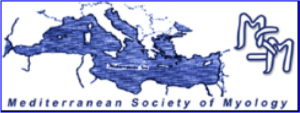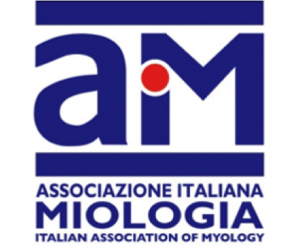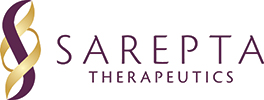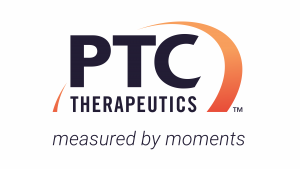Muscular dystrophies are a group of genetic disorders characterized by muscle degeneration and consequent substitution by fat and fibrous tissue. Cardiac involvement is an almost constant feature in a great part of these diseases, as both primary myocardial involvement and secondary involvement due to respiratory insufficiency, pulmonary hypertension or reduced mobility. Primary myocardial involvement usually begins more precociously compared to the secondary involvement. In fact the first signs of cardiomyopathy can be observed in the first decade of life in muscular dystrophies with childhood onset and later in adult form of muscular dystrophies as myotonic dystrophy type 1.
At least an annual cardiac follow-up is recommended in these patients including clinical and instrumental examination (ECG, 24h Holter monitoring, ECHO), to detect cardiac involvement.
A more frequent monitoring may be required according to the type of cardiomyopathy and the patient’s needs.
In this short review practical guide-lines are shown for physicians routinely involved in the management of these patients.






